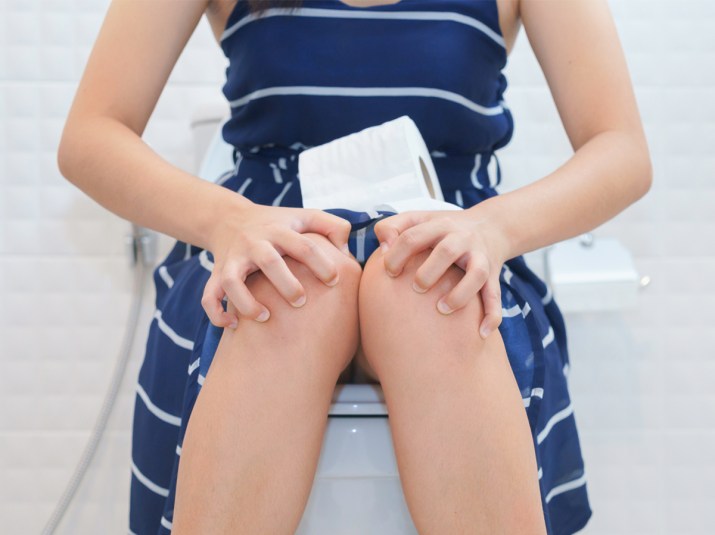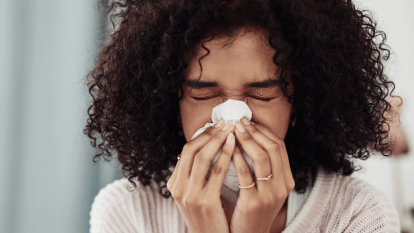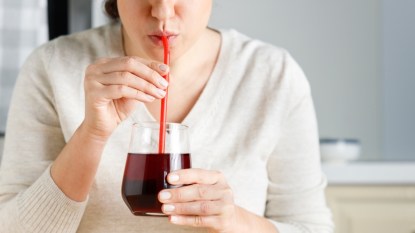What the Heck Is a ‘Complicated’ Yeast Infection?

If you’ve ever had a yeast infection, you’re definitely not alone. Experts estimate that three out of four women will have one at some point in their lives. A majority of these cases, however, despite being super frustrating and uncomfortable, are described as “uncomplicated.” If an uncomplicated yeast infection can be so itchy and intensely aggravating, then what on earth is a complicated one? And most importantly, how do you prevent either from happening in the first place?
We’re here to clear up the confusion. To understand a complicated yeast infection, you have to first understand an uncomplicated one. A vaginal yeast infection is typically caused by a type of fungus called Candida, according to the CDC. Candida normally lives inside the human body without causing problems, but an infection can happen if the fungus multiplies due to changes in the vaginal environment.
An uncomplicated yeast infection includes symptoms that range from mild to moderate, such as itching and irritation in the vagina or vulva, vaginal pain and soreness, redness and swelling, and thick, odor-free discharge with a cottage cheese appearance. In most cases, these issues can be handled with anti-fungal creams, ointments, or prescription medication chosen by your doctor.
While a complicated yeast infection also involves itching, redness, and swelling, these symptoms are much more severe, according to the Mayo Clinic. In a complicated yeast infection, the redness, swelling, and itching are often so extensive that they lead to tears, cracks, and sores. In some cases, you might have a complicated yeast infection simply because it’s caused by a less common fungus than the typical Candida (a doc would have to confirm).
While complicated yeast infections are less common, studies show about 10 to 20 percent of women have complicated yeast infections at some point in their lives. You’re more likely to have a complicated yeast infection if you’re pregnant, have uncontrolled diabetes or a weakened immune system, or if you’ve had four or more yeast infections in one year. If it turns out you have a complicated yeast infection, you might be prescribed long-course anti-fungal vaginal therapy or multi-dose oral anti-fungal medication, depending on your symptoms.
Here’s the good news: There are multiple ways that you can prevent a yeast infection, complicated or not. The Mayo Clinic says some of the best strategies include avoiding tight-fitting pantyhose, hot tubs, douching, scented feminine products, unnecessary antibiotic use, and staying in wet clothes. It’s also a good idea to wear underwear with a cotton crotch and to change your feminine products often while you’re on your period. If you make a habit of wearing panty liners every day, you should stop. And in the meantime, if you suspect any yeast infection symptoms — especially severe ones — a trip to your doctor is a must.
Better safe than sorry, especially when it comes to your health!
More From FIRST
Exhausted All the Time? You Could Have a Silent UTI
That Summertime Itch ‘Down There’ Might Not Be a Yeast Infection
4 Sneaky Things That Can Throw Off Your Vaginal pH — And How to Address Them













